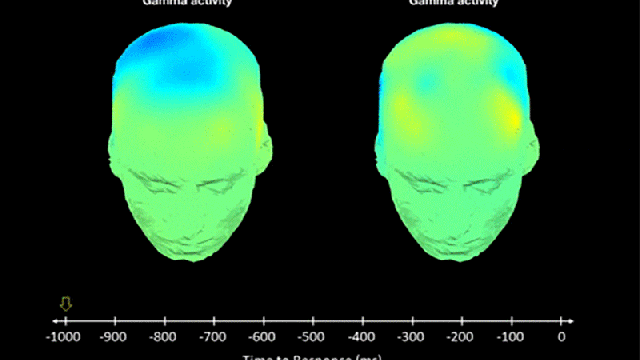Scientists use olive oil to discover new universal physics law

- Physicists at the Dutch research institute AMOLF used olive oil in an experiment on light phase transitions.
- The scientists found that light would behave the same way in atoms, superconductors, and high energy physics.
- The discovery can lead to applications in new computing and sensing systems.
The dressing in your salad might redefine science if you look carefully enough. Researchers in the Netherlands used a drop of olive oil to discover a new universal law of phase transitions.
The research was carried out by the Interacting Photons group of the AMOLF institute, which focuses on fundamental physics. The experiment involved dropping olive oil into an optical cavity system of photons bouncing back and forth between two mirrors. It was set up to explore how light goes through phase transitions the way it would in boiling water, for example.
What’s fascinating, this system had “memory” in how the oil made photons interact with themselves, as the group leader Said Rodriguez explained. “We created a system with memory by placing a drop of olive oil inside the cavity”, said Rodriguez. “The oil mediates effective photon-photon interactions, which we can see by measuring the transmission of laser light through this cavity.”
The research team, which also included Rodriguez’s PhD students Zou Geng and Kevin Peters, increased and decreased the distances between the mirrors at different speeds and noted how light transmitted through the cavity was affected. They saw that the direction in which the mirrors moved influenced how much light got through the cavity, finding that “the transmission of light through the cavity is non-linear.” This behavior of light, called hysteresis, is present in the phase transitions of boiling water or magnetic materials.
The scientists also increased the speed with which the oil-filled cavity opened and closed, observing that under such conditions the hysteresis was not always present. This allowed them to extrapolate a universal law. “The equations that describe how light behaves in our oil-filled cavity are similar to those describing collections of atoms, superconductors and even high energy physics,” elaborated Rodriguez, adding: “Therefore, the universal behavior we discovered is likely to be observed in such systems as well.”

An optical cavity formed by two mirrors used in the experiment. Light going through the cavity bounces between the mirrors until leaving to where the transmission is measured. The scientists filled this cavity with olive oil and moved the mirrors at varying speeds.
Credit: Henk-Jan Boluijt (AMOLF)
The researchers think their discovery may have potential applications in computing or sensing systems.
Check out their new study in Physical Review Letters.





